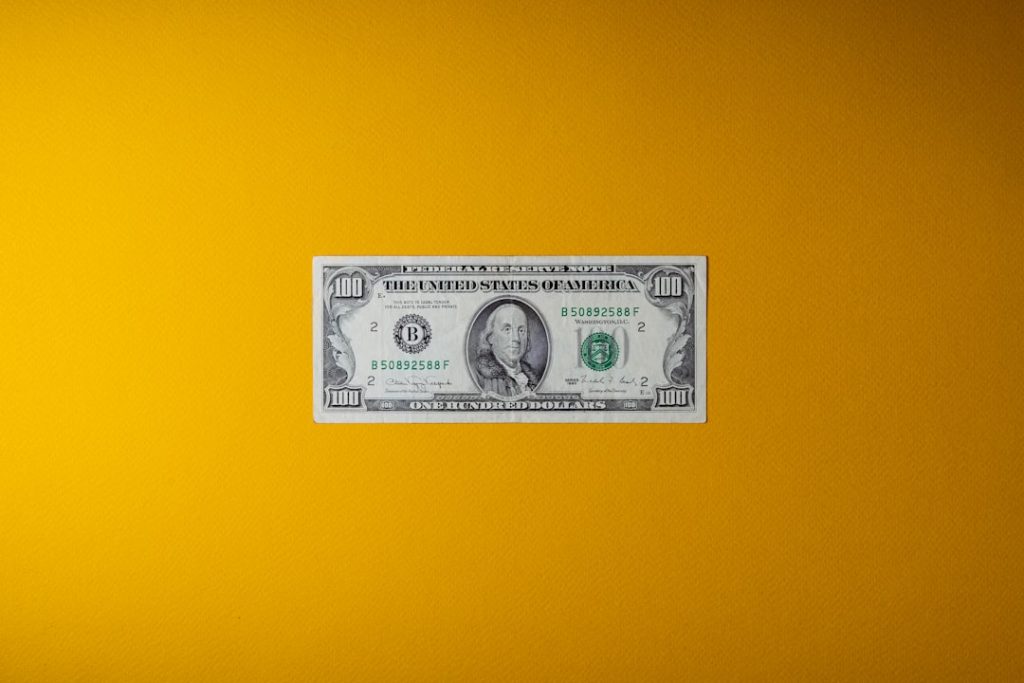Digital ads are a must if you want your startup to take off, but figuring out how much to spend can feel like a shot in the dark. You don’t want to break the bank, but you also need to make enough noise to get noticed. Let’s break down how to find that sweet spot.
Why Digital Ads Matter for Startups
Before diving into numbers, let’s keep in mind why you’re doing this. Digital ads do more than just get your name out there. They:
- **Build brand awareness:** Helps people learn who you are and what you offer.
- **Drive traffic:** Gets potential customers to your website.
- **Generate leads:** Collects contact information from people interested in your product or service.
- **Increase sales:** Turns those leads into paying customers.
Factors Influencing Your Ad Budget
How much you need to spend hinges on a few key things. Consider these:
- **Industry:** Some industries are more competitive, so it costs more to get attention.
- **Target audience:** Reaching a niche audience might be cheaper than targeting a broad group.
- **Geographic location:** Advertising in a big city usually costs more than in a small town.
- **Marketing goals:** Are you trying to build awareness, generate leads, or drive sales?
- **Ad platforms:** Google Ads, Facebook, Instagram, LinkedIn – each has different pricing.
Typical Budget Allocation for Startups
There’s no magic number, but here are some general guidelines:
Percentage of Revenue
A common approach is to allocate a percentage of your projected revenue to marketing. A general rule of thumb is:
- **Early-stage startups:** 12-20% of projected revenue
- **Growth-stage startups:** 8-12% of projected revenue
Keep in mind, this is a percentage of *projected* revenue. If you’re pre-revenue, you’ll need to base it on realistic sales forecasts.
Fixed Budget
Another option is to set a fixed monthly or quarterly budget. This gives you more control and predictability. Here are some starting points:
- **Very tight budget:** $500 – $1,000/month. Focus on one platform and very specific targeting.
- **Moderate budget:** $1,000 – $3,000/month. Allows for testing different platforms and ad types.
- **Larger budget:** $3,000+/month. Provides more flexibility for wider reach and advanced strategies.
Breaking Down the Budget
Once you’ve got a total budget, how do you split it up? Here’s a sample allocation:
- **Ad spend:** 70-80% (the actual money spent on ads)
- **Ad management tools:** 10-15% (software for tracking, analytics, etc.)
- **Creative:** 10-15% (designing ads, writing copy)
Choosing the Right Platforms
Where should you spend your ad dollars?
- **Google Ads:** Great for reaching people actively searching for your product or service.
- **Facebook/Instagram Ads:** Excellent for building brand awareness and targeting specific demographics.
- **LinkedIn Ads:** Best for reaching professionals and businesses (B2B marketing).
- **Twitter Ads:** Good for real-time engagement and news-driven content.
Tips for Maximizing Your Ad Budget
- **Start small and test:** Don’t blow your whole budget at once. Begin with small campaigns and see what works.
- **Target precisely:** The more specific your targeting, the less you’ll waste on irrelevant clicks.
- **Use compelling visuals:** High-quality images and videos grab attention.
- **Write persuasive ad copy:** Clearly communicate your value proposition.
- **Track your results:** Monitor your campaigns closely and make adjustments as needed.
- **A/B test everything:** Try different headlines, images, and calls to action to see what performs best.
Don’t Forget Organic Reach
While paid ads are important, don’t ignore organic reach. Content marketing, SEO, and social media engagement can bring in customers without costing you ad dollars.
The Bottom Line
Figuring out your digital ad budget is a balancing act. Start by understanding your goals, knowing your audience, and testing different strategies. Don’t be afraid to adjust your budget as you learn what works best. With a smart approach, you can get the most bang for your buck and drive serious growth for your startup.
